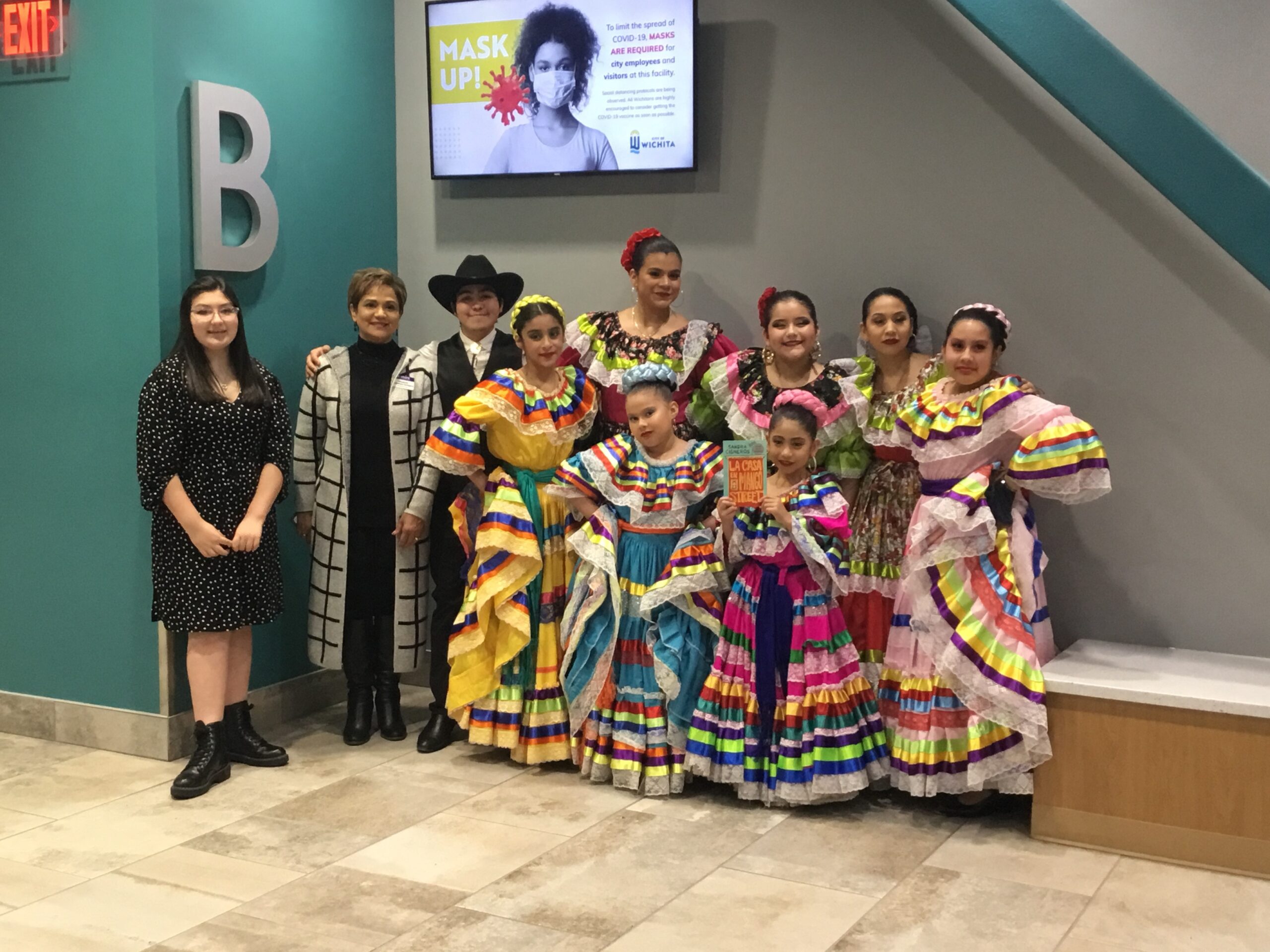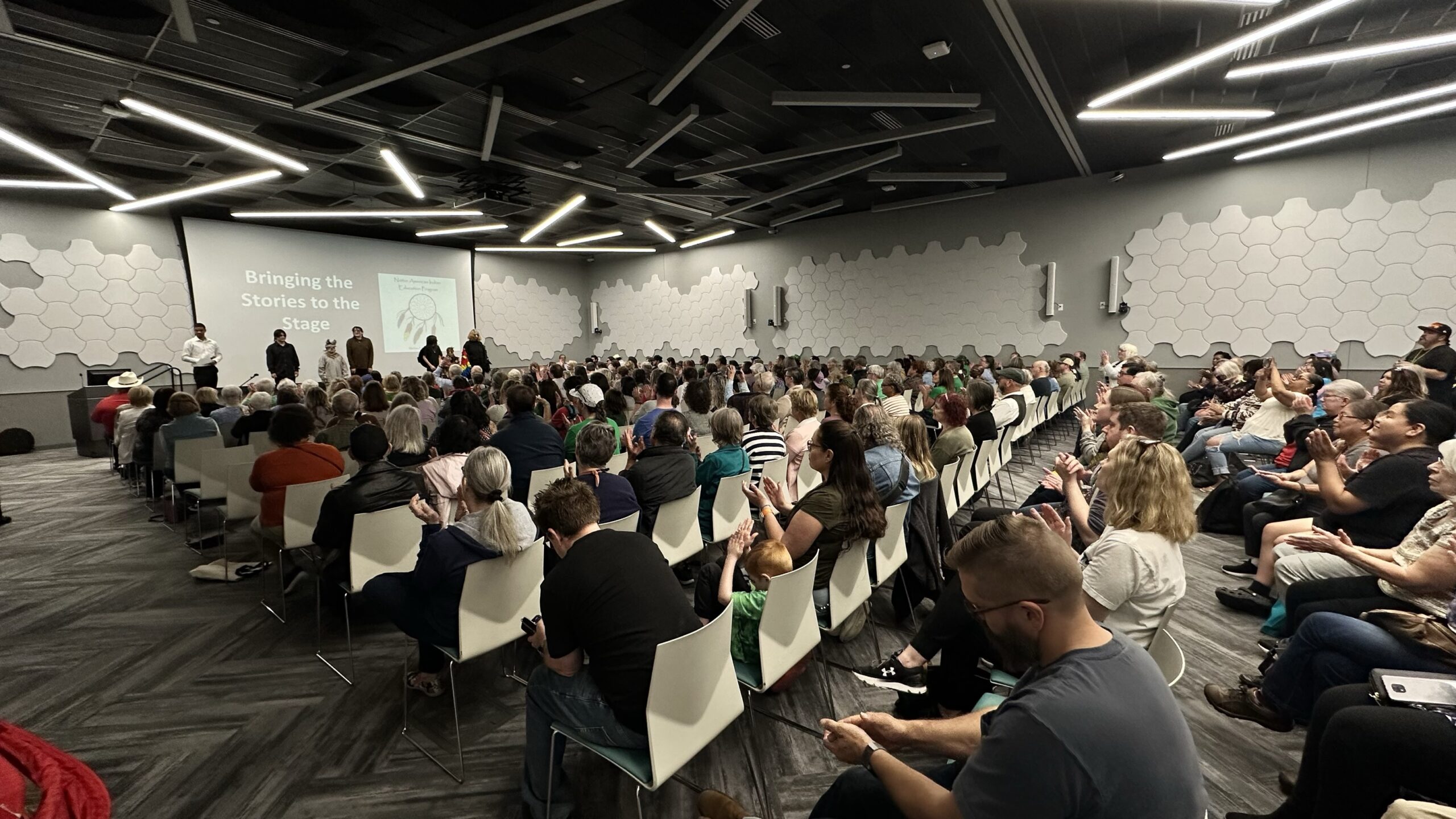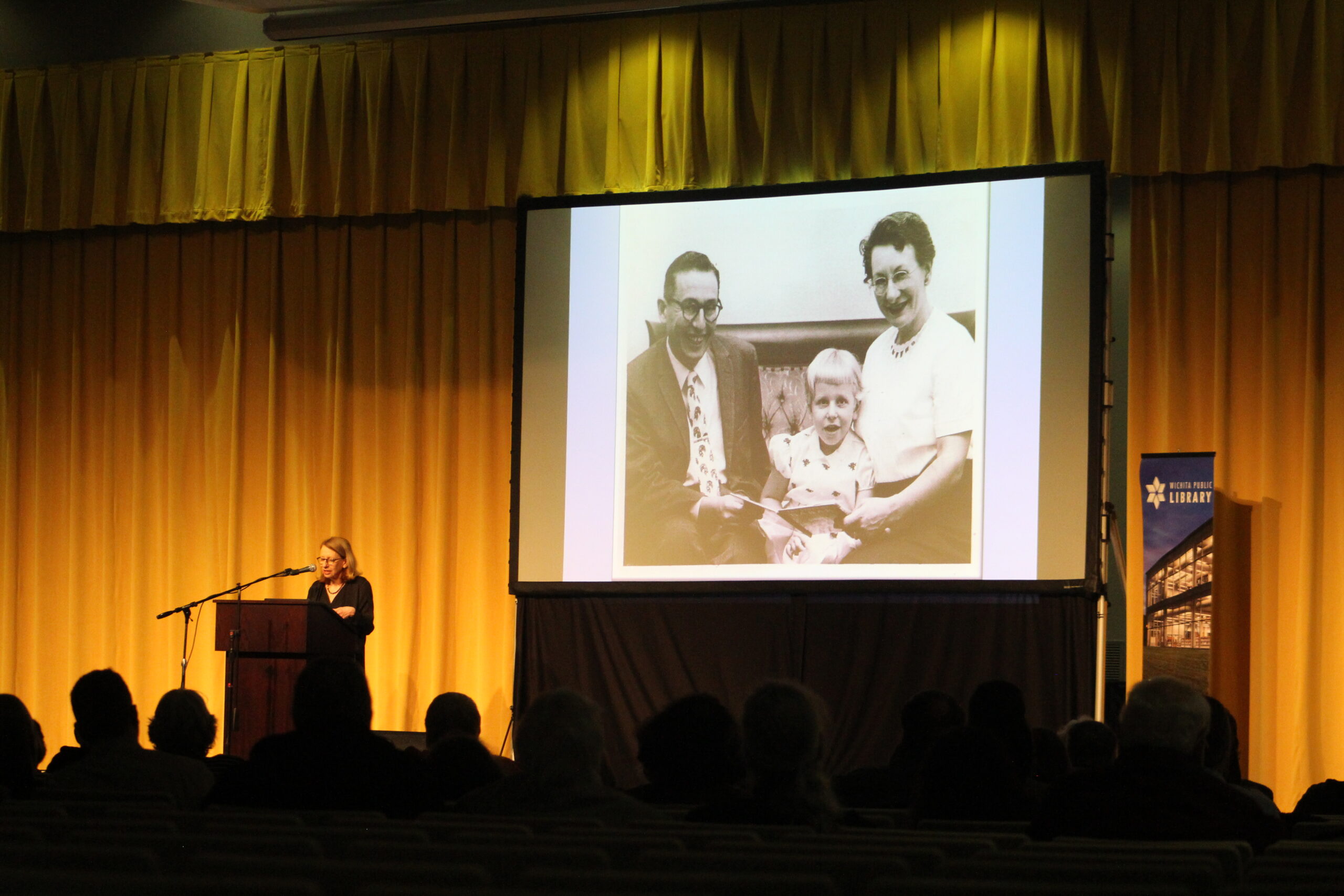In my role as the Education and Engagement Manager at the Wichita Public Library (WPL) I routinely work with multiple partners for our annual NEA Big Read program. Multi-partner projects like the Big Read require a high degree of planning and preparation, but following some simple processes helps to ensure that both the lead organization and all the participating partners will have a productive and beneficial experience.
Identify and and Engage Partners
When identifying partners for any large project, determining the mission and vision alignment between the partner organization and the project is key. Partnering with organizations that are subject matter experts on different aspects of the project is also an important way to bring efficiency and knowledge to the achievement of a common goal.
During the WPL Big Read program, we look to our community to help us make many crucial decisions. We engage neighboring libraries and arts organizations to decide which book we will focus on each year. We then determine which partners may be a good fit based on the themes and topics of the book.
For example, when celebrating the book, There There by Tommy Orange, our library partnered with the Mid America All Indian Museum; Hunter Health, and our school district’s Native Student Program. There There focuses on the urban life of Native Americans through the voices of 12 characters, so I chose organizations that were relevant to the urban life of Native Americans in our own community.
I also look for organizations that focus on a mission that may not be as centered on the obvious themes of a project, but is an out of the box partner that brings benefit. Our current Big Read focus is the book Sitting Pretty: A view from my ordinary, resilient, disabled life by Rebekah Taussig. We are partnering with the Kansas Leadership Center for this program to explore the themes of empowerment and activism in the book.

Craft Your Ask
When approaching an organization about partnering on a project, consider sending a first ask through email to the potential partner’s community engagement staff or leadership so they may consider the request in writing and respond in the same way.
It is important to include three key elements in the first ask:
- Demonstrate the prior success or potential success of the project.
- Explain what you believe the organization can bring to the project.
- Outline the responsibilities and time commitment of the partnership.
This exercise at the beginning of the relationship helps an organization that may not be familiar with the project or our library’s work to envision how they can fit into the partnership and how it can benefit them.
Create Committees to Assist
While it is important to have a lead person for a multi-partner project, a single person is rarely able to coordinate a large project without additional staff and partner support. One strategy that we use to ensure that the WPL Big Read program has the proper support is to create three different Big Read committees:
-
1
Primary Partners
These partners are chosen based on the themes and subjects of the chosen book. This group consists of 2-3 partner organizations and the lead library staff member.
-
2
Community Partners
This group is made up of community organizations that participate in Big Read programming each year. For WPL, this group includes representatives from our Friends of the Library, art museums, our local school district, and neighboring libraries. Our Community Partners host adjacent events, assist with library programs, and help to market Big Read events.
-
3
Staff Committee
Because our library is the lead organization for our Big Read programs, we ask 6-7 staff members to participate in this committee. They help manage planning, generate ideas, and provide onsite logistics management.
Having Primary Partners as our lead group helps ensure that organizations that are subject matter experts are the primary decision makers for our program. It is also a small enough group that decisions can be made more effectively.

Use Best Practices for Meetings, Updates, and Check-Ins
To successfully navigate a partnership, the lead organization and partners should be willing to meet regularly to discuss the project. At the same time, these meetings should be necessary and productive so that partners know that you respect their time commitment and workloads.
Sending a request two to three months before planning for the project needs to begin is helpful. This gives partners an opportunity to look ahead at their schedules and determine if the project is a good fit based on their capacity.
I often find that if I am asking for a partnership that will begin immediately, people feel overwhelmed by their current workload and are less likely to commit. Giving plenty of notice helps them prepare them for future work and makes it seem less daunting, increasing your chances of getting a yes to a partnership request.
It is important to share meeting notes that include action steps and notations that show which team member is responsible for a task. Shared documents are also effective, as they allow partners to update details about a project in real time, limiting the amount of time spent emailing the team.
Routine check-in meetings should be kept short and productive. Always send out an agenda beforehand to determine what information needs to be gathered before the meeting and shared during the meeting. It is up to the lead organization to be responsive and communicative, so that your partners will follow suit.
Pro-Tip: Brainstorm in Person If Possible
While online meetings can be a timesaver, I try to always schedule brainstorming or idea- generating meetings in an in-person format. Being together in a room seems to generate more discussion and makes people feel more committed to the project. Many of WPL’s most successful and meaningful Big Read program offerings were thought of during in-person meetings.

Create a Detailed Timeline
A timeline for a successful multi-partner project should break down the project into key milestones and deliverables.
Providing partners a detailed timeline allows them to make decisions about what work needs to be done and completion dates for their own organization. A timeline for a successful multi-partner project should break down the project into key milestones and deliverables.
A detailed timeline for a successful multi-partner project should include:
- All tasks required to achieve each milestone
- The name of the partner or staff member who is responsible for each task
- Budgeted expenses so that partners understand what funding is available for each task
- Regular partner meetings
- Buffer time for unexpected delays or issues
Send Confirmation Letters and Program Documentation
WPL’s Big Read program often includes up to 60 different programs and book discussions occurring in a 6-week period. This means that excellent event management must be in play for the programs to stay organized and well done.
When scheduling a program, I send a formal confirmation letter to presenters and partners to ensure that they have all the information they need before the event. With so many people involved in these programs, it is important to develop contingency plans to address potential issues like an event space becoming unavailable or a presenter that is unable to attend.
For our most complex Big Read programs, our staff create documentation of the program that includes:
- A run of show that outlines every minute of the program from start to finish
- Confirmations and contracts for presenters
- Logistics details like transportation, room setup, and technology needed
This kind of documentation is especially important for programs that involve multiple partners because it keeps everyone in the loop and allows each partner to assist during the event.

To Navigate Difference, Keep Communication Open
A common scenario you may face when managing a multi-partner project is that you may encounter differences between partners that can lead to misunderstandings and conflicts. To avoid this pitfall, work to understand each partner’s cultural norms. It is important to encourage open dialogue and collaboration to bridge any cultural gaps.
During the WPL’s Big Read program we deferred to our own Native staff members and Native-led organizations when planning events. For example, while planning a program that would include a Native drum circle, I learned that we should not have anyone speaking during drumming and that we should present each member of the drum circle with a gift after the event. Because we had fostered collaboration with our partners and staff, they felt open to share these details with us and helped us avoid any offense.

Conclusion
While working with multiple partners on a single goal can be challenging and complex, the product of bringing so many groups together is fulfilling and inclusive. When the WPL Big Read program brings in new partners, we can connect more fully with organizations that we have not worked with before, and cultivate long-lasting relationships with them.
Partnering with subject matter experts also makes our Big Read program reflect the communities we are looking to represent and learn more about. Seeing a large project come together through teamwork is incredibly satisfying!
Checklist for Running Large, Multi-Partner Projects
-
Appoint a project manager or coordinator
-
Determine key partners and their interests, then obtain their approval
-
Create a detailed project plan that includes phases, milestones, and tasks
-
Assign roles and responsibilities for specific tasks
-
Identify and allocate necessary resources
-
Hold regular meetings that allow you to review the project plan and address questions or concerns
-
Coordinate marketing efforts with all partners
-
Gather feedback from partners and participants after completion of the project
-
Thank partners and celebrate success
